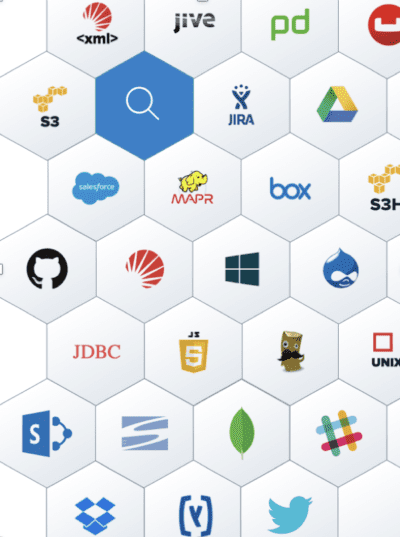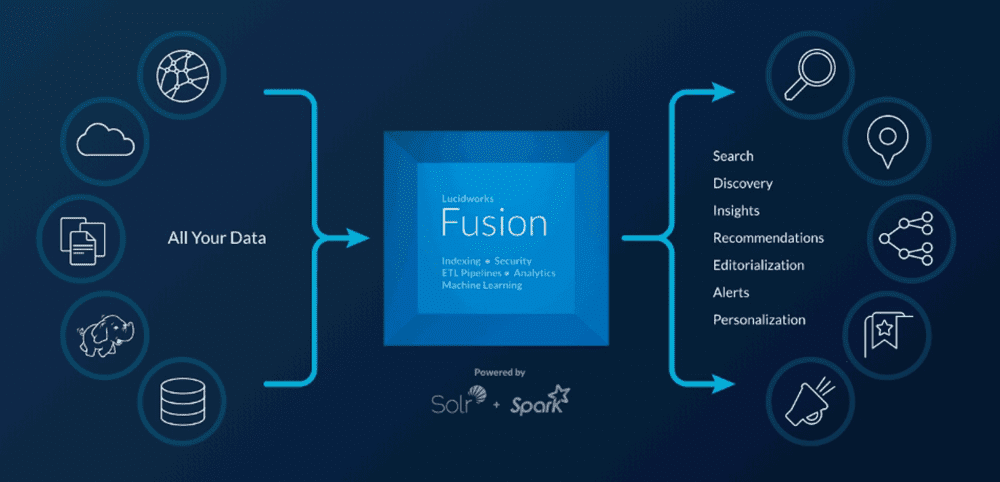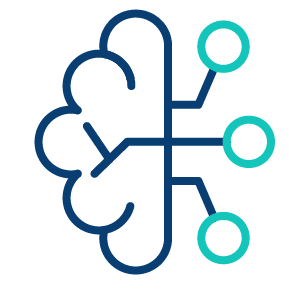
For Digital Commerce
“Multi-channel purchases are up 38% while store-only purchases are down 20% in the past several years.” — UPS
Shoppers want to see everything that’s available. Indexing your product catalog data and unifying it with ERP, CRM, POS data streams provides a unified omnichannel shopping experience — that keeps shoppers coming back for more.

For the Digital Workplace
“60% of knowledge workers access four or more systems on a regular basis. 13% access more than 11 systems to get the information they [need] to do their jobs. — IDC
A superior search experience goes beyond simply scaling, security, and access and indexes every data source and uses the power of AI to connect workers to the insights they need.
What Is an Inverted Index?
An inverted index is a simple but powerful way to search documents, images, media, and even data. Unlike just a keyword search, an inverted index allows you to search the inherent structure of any document.
There’s no need to use a table name or special query language to get the information you want. You just type it into a search box and the search engine figures out the rest.

What Types of Data Can Be Indexed?
Every organization has a unique mix of data and documents so you need you need to index a variety of data sources in order to provide the user with best set of search results.

Documents of All Sorts
Ingest and parse documents and data in popular formats including PDFs, text, email, SharePoint, Microsoft Office apps, CSV, ZIP, HTML, JSON, and XML.

Relational and Hadoop
Connect, index, and query and JDBC-compliant databases for delta queries, nested queries, and relational joins.

NoSQL, Keyvalue, Graph
Connect to your favorite NoSQL store and index for ad hoc queries, ranges, graphs, primary key lookups, and other complex query types.
Connectors Included
Connectors to over 100 data sources support nearly 500 data formats, including databases, intranets, network drives, SharePoint, CRM systems, support tickets, the public web, and the cloud.

I’ll Take “People, Places, and Things,” Alex
Go beyond indexing all the words in your corpus and discern the occurrence of specific things.
Called named entity recognition (NER), NER uses natural language processing techniques to recognize all the things in your data – brands, locations, industry terms, prices, dates, employee names – all proper nouns. Turbo charge apps to be more adept at finding what users are looking for faster.
How Natural Language Search Engines Work
A natural language search engine must be able to take the request (whether spoken or typed into a box) break it into parts of speech, figure out what you’re looking for — and what you aren’t, and what to include and turns it into the query that it can submit to a database or search system in order to return the results right back to you.

Elements of AI-Powered Search

Augmented Intelligence
There’s nothing artificial about intelligence. Augmented intelligence is when AI extends human judgment instead of replacing it.

Machine Learning
Machine learning and search engines are a incredible combination for creating powerful experiences for customers and employees.

Clustering & Classification
How clustering and classification algorithms can improve the search experience for your employees and customers.

Query Analysis
Underperforming queries aggravate everyone. Head/tail analysis stops it.

Signal Capture & User Behavior
Users are constantly telling you what they like and what they don’t. Are you listening? Predict user intent by applying signals.

Indexing
The best search applications index all of a company’s data so users have one unified search experience.

Hyper-Personalization
Personalization is about addressing people by name. Hyper-personalization is figuring out what they really want.
Natural Language Search
What if we could talk to computers in the same way we talk to people. Natural language search gets you there.